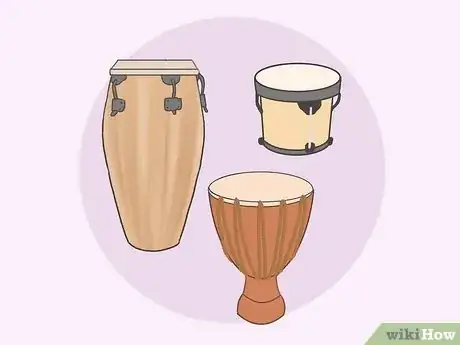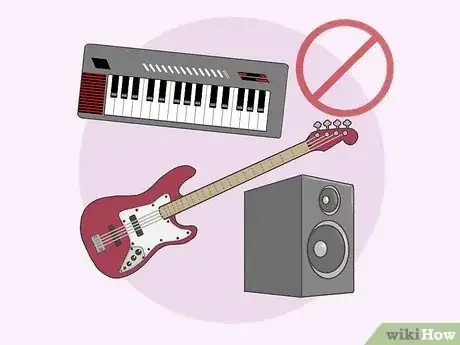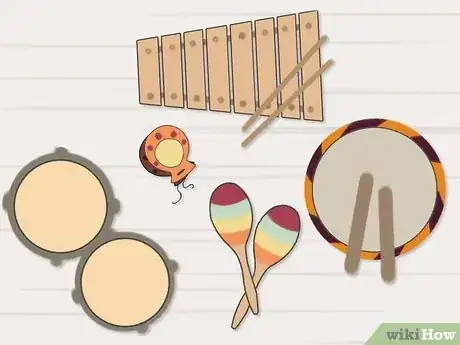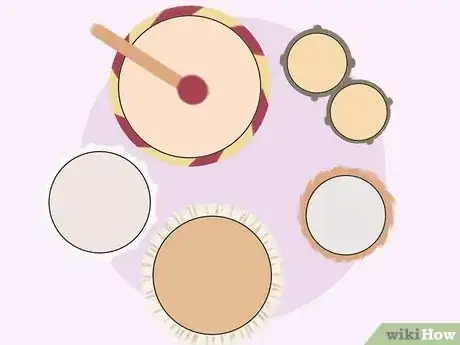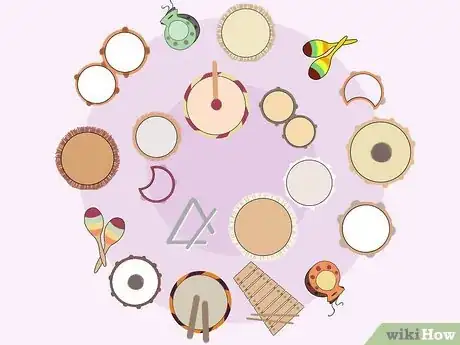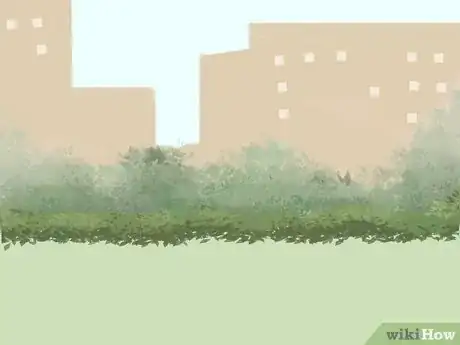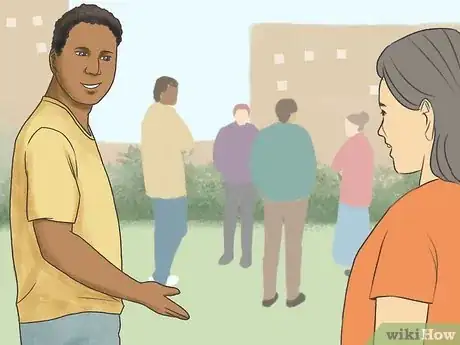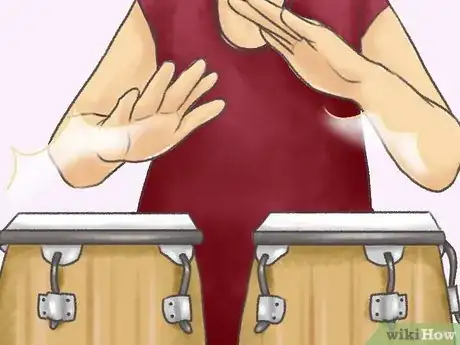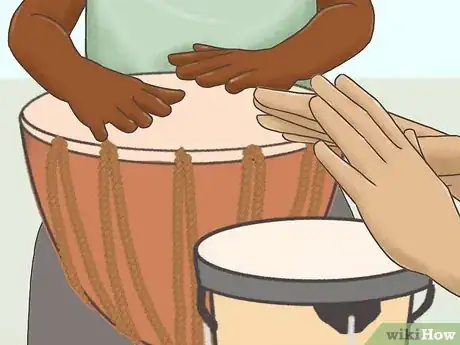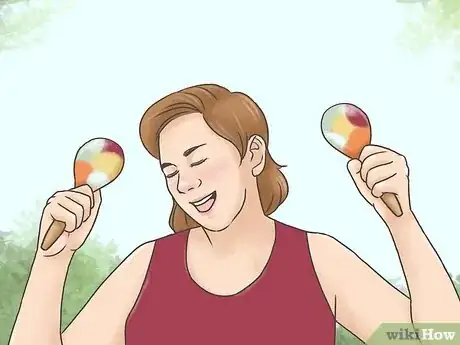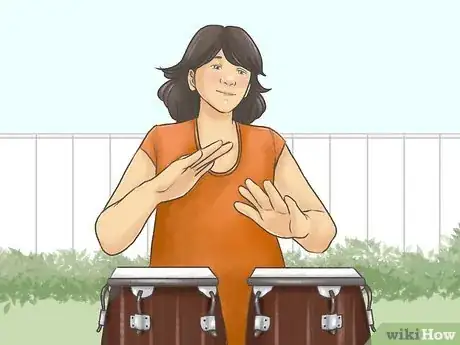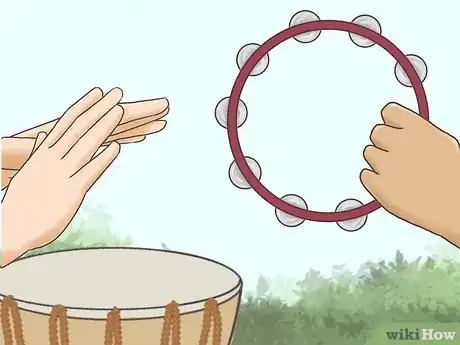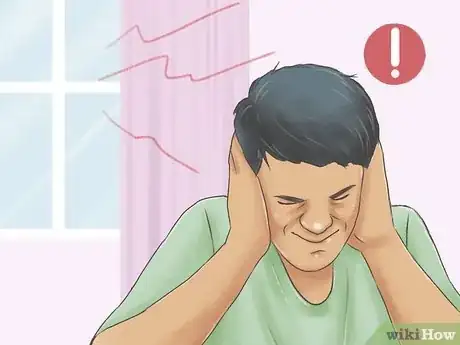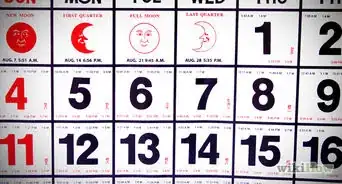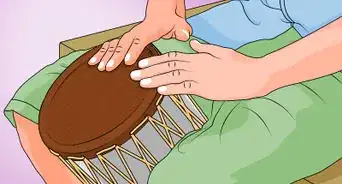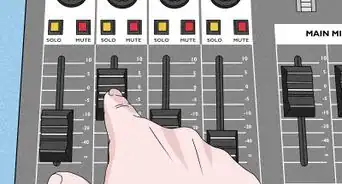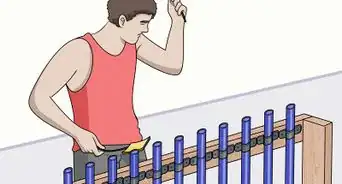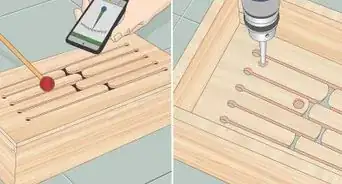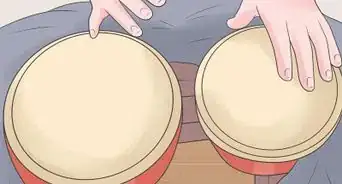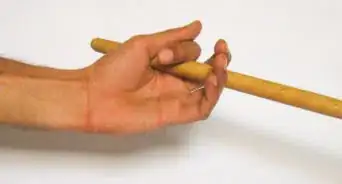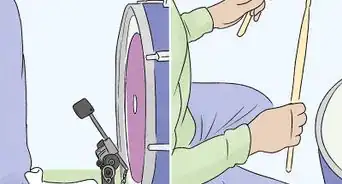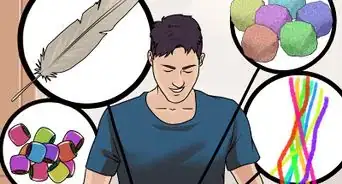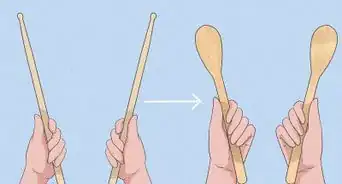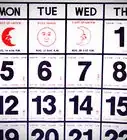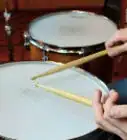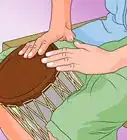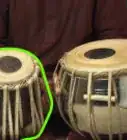wikiHow is a “wiki,” similar to Wikipedia, which means that many of our articles are co-written by multiple authors. To create this article, 23 people, some anonymous, worked to edit and improve it over time.
wikiHow marks an article as reader-approved once it receives enough positive feedback. In this case, several readers have written to tell us that this article was helpful to them, earning it our reader-approved status.
This article has been viewed 40,795 times.
Learn more...
Drum circles are universal. A drum circle is a free/amateur/and communicative gathering of people who come together to make spontaneous music. Anyone can join in, and even share instruments. Every person has a natural human-beat, its just a matter of letting it come out into the light.
Steps
-
1Get some drums and other percussion instruments. such as: Djembes, Doumbeks, Tablas, Congas, tambourines, Shakers or any other hand drum. Don't forget frame drums! Another good idea is to have some sort of bass drum, such as a sangba or surdo.
-
2Steer away from electronics. Drum circles are usually tribal in nature, so crazy electronic or technical instruments such as keyboards, drums sets, and electric guitars are not recommended.Advertisement
-
3Get enough instruments for one to five people, or more.
-
4Don't forget the obvious: a "drum circle" is a circle! Set up in a real circle so that everybody may see and hear one another. Irregular blob shapes make for choppy or chaotic environments.
-
5Create circles within circles once the circle is bigger than 20 participants. If it gets too spread out, you lose connection. For massive circles, create levels with center circle on the floor, next on chairs, outside standing.
-
6Find a nice outdoor location for your drum circle, like a big backyard, or a nearby park so people from the public can join in.
-
7Always welcome those who walk in and want to join the fun.
-
8Go indoors if it is going to be chilly, or wet, or dark.
-
9Have at least one person who has a little experience so he/she can start the beats and/or maintain a steady motion. This is not really necessary once you have some experience as a facilitator, beginners get the idea very quickly.
-
10Understand that rhythms are spontaneous, one person starts a beat or a rhythm then someone else adds on to it, so on and so forth.
-
11Start off with slow beats and vibes, eventually the drum circle will rise with adrenaline but you have to let it happen, don't force it.
-
12Don't be shy or timid, drum circles are supposed to be fun. start off slow and wait for a good moment for you to come in.
-
13Be friendly and admire each others' attempts and making music. good vibes = a great drum circle.
-
14Play friendly and supportive, don't get involved in competitive or aggressive playing. One mutually supportive game is to play a few beats, and let others add beats to that, and keep adding a few beats until a whole new and unpredictable rhythm is created!
-
15Remember that we all share the space with our neighbors! Playing too loud or too long will not endear your drum circle to the rest of the community. Think about what you REALLY want to accomplish.
Warnings
- [NO SNARE DRUMS/OR FULL DRUM SETS]⧼thumbs_response⧽
- Always ask before using some other person's drum.⧼thumbs_response⧽
- Don't give drum sticks to strangers.⧼thumbs_response⧽
- If you allow strangers to join in, make sure you supervise your equipment/instruments. sometimes people might damage your drums by not using them correctly or banging on them with sticks.⧼thumbs_response⧽
